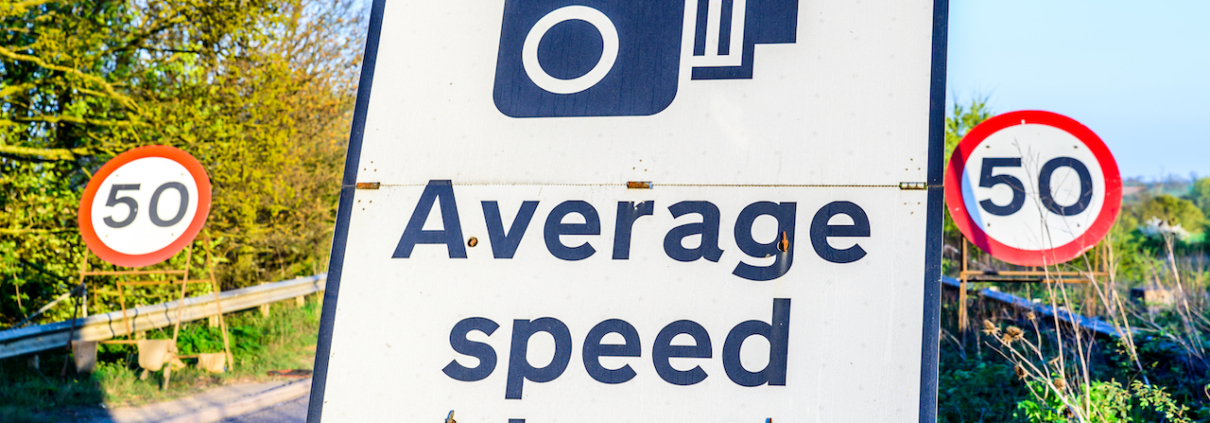Speed Limit for Air Quality: How Does It Work?
You may have heard about how some areas of the UK are trialling lower speed limits in a bid to improve air quality.
In September 2021, the Welsh government introduced new 50 mph zones in five locations in south and north-east Wales. National Highways have also revealed their plans for setting new 60 mph speed limits on certain short sections of their network.
But what sort of impact can a speed limit have on air quality?
In this post we’ll explore the link between speed and pollution. We’ll also discuss some ways you can help improve the air quality in your workplace – whether it’s an office, a school, or a hospital.
How Speed Affects Air Quality
The faster a vehicle travels, the more fuel it burns. And the more fuel a vehicle burns, the more emissions it creates. Emissions from a vehicle’s exhaust contain many potentially harmful pollutants. One of the more harmful pollutants found in a vehicle’s exhaust emissions is NO₂ – nitrogen dioxide. Chronic exposure to NO₂ can lead to a range of respiratory conditions.
NO₂ is also terrible for the environment. If it interacts with the water, oxygen and other chemicals in the atmosphere, it can create acid rain, which can cause immense damage to lakes, forests, and other sensitive ecosystems.
Do Lower Speed Limits Reduce Pollution?
In late 2019, National Highways published the results of a survey that demonstrated a link between speed and emissions in light vehicles. This review suggests that even dropping the speed limit from 70 mph to 60 mph could lead to an overall reduction in harmful emissions.
The Welsh government stated that, following their 50 mph speed limit trials, they’d seen a 47% reduction in air pollution in some areas.
A lower speed limit means less speeding, which means less fuel burnt, which means lower emissions. But a lower speed limit can also discourage certain driving habits. Vehicles burn the most fuel when they’re accelerating. With a lower speed limit, drivers may be less likely to aggressively accelerate to overtake other motorists. This too will have an impact on emissions.
In these trial areas across the UK, the traffic might have slowed down, but it still moves. If all vehicles move at a steady 50 or 60 mph, then it may be less likely that congestion will build up on busy roads. This is why certain “smart motorways” introduce variable speed limits – they can help prevent traffic jams. This can have a positive impact on air quality, as vehicles burn a lot of fuel when they’re idling in traffic.
How to Reduce Pollution and Improve Air Quality In Your Area
Air quality can have a significant impact on public health. This is why workplaces across the country should seek ways to improve the air quality on and around their premises. As we’ve seen, a lower speed limit can positively influence air quality. So if you can, consider introducing a low speed limit on your premises. Not only will this improve air quality, it will also improve safety conditions – particularly if you’re running a school or a hospital.
Unfortunately, it’s likely that you have very little control over the roads surrounding your premises. But you can still make a difference to the air quality inside your workplace.
We offer bespoke air quality monitoring systems for workplaces including hospitals, schools, universities and offices. We can assess the air quality of your premises and advise on a solution to help your staff and service users breathe cleaner, healthier air. We also stock a range of powerful air purifiers suitable for a range of environments, from open plan offices to operating theatres.
Want to talk about how we can help reduce air pollute and improve the air quality in your workplace? Get in touch to talk to one of our air purification experts today



